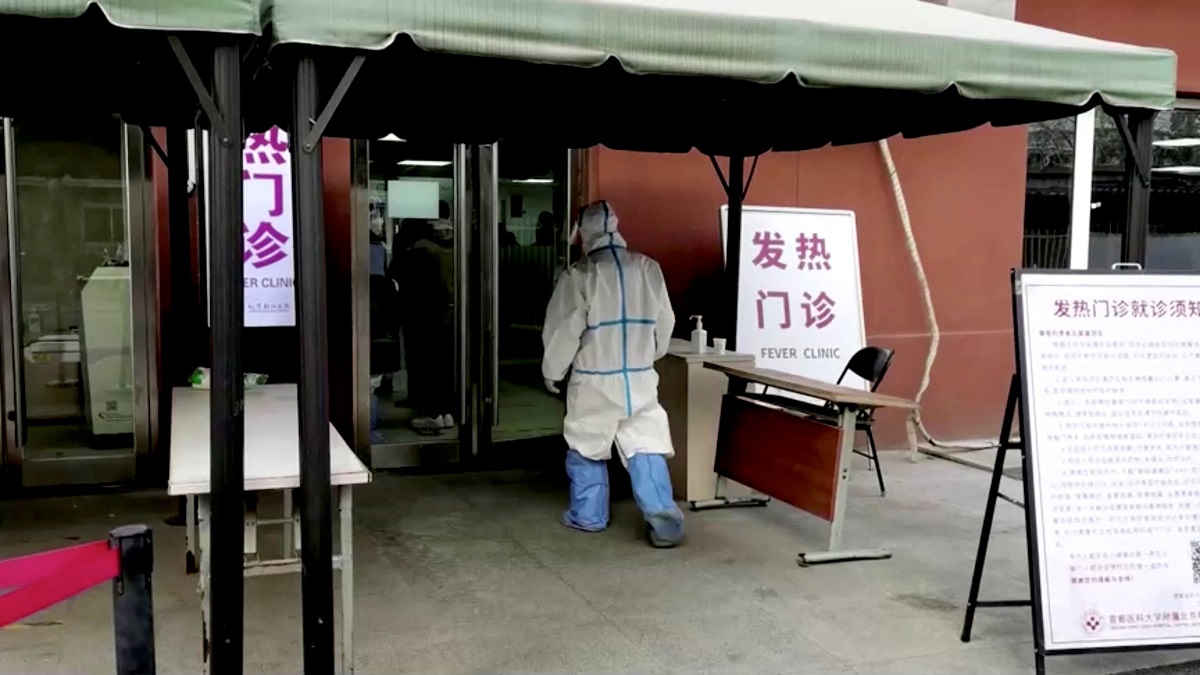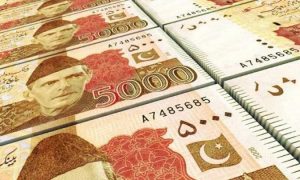The World Health Organization warned of “very tough” times ahead a week after China began dismantling its strict “zero-COVID” controls, and state media reported some seriously ill patients at Beijing hospitals, raising fears of a wave of infections.
China announced sweeping changes to testing and quarantine rules last Wednesday, aligning with a world that has largely reopened following historic protests against mass lockdowns that caused mental strain for millions while keeping the virus at bay.
The elation that accompanied those changes has quickly faded, as there are growing indications that China may pay a price for shielding a population that lacks “herd immunity” and has low vaccination rates among the elderly.
“It’s always very difficult for any country coming out of a situation where you’ve had very, very tight controls,” WHO spokesperson Margaret Harris said at a press conference in Geneva on Tuesday, adding that China was going through a “very tough and difficult time.”
Although WHO Director General Tedros Adhanom Ghebreyesus stated in May that China’s previous COVID regime was not sustainable, the WHO typically refrains from commenting on individual countries’ policies.
Official COVID case counts in China have been declining in recent weeks, but this has coincided with a decrease in testing and is increasingly at odds with the reality on the ground.
According to state news agency Xinhua, there were 50 severe and critical cases in hospitals in Beijing, the majority of whom had underlying health conditions. Such figures are small in comparison to China’s 1.4 billion population, but there are growing fears that this is just the beginning of the next wave.
China has not reported any COVID-related deaths since December 3, when the country began loosening restrictions.
Read More: Comparison between COVID-19, Flu and the Cough – About Pakistan
“This is the price we pay for being freer,” a 26-year-old marketing worker named Liu said on the streets of Beijing.
“It is now critical that we increase our self-protection awareness. I believe that the risk now depends on individuals “She then requested anonymity.
Long lines outside fever clinics, which are attached to hospitals and screen for infectious diseases in mainland China, have become common in recent days in Beijing and other cities.
According to parents, at least seven schools in Shanghai, China’s most populous city, have said they will stop in-person teaching due to COVID cases, with classes moving online.
Infections are expected to spread across the country in the coming weeks as people are unable to travel return to their hometowns and villages.
According to state media reports on Wednesday, daily traffic flows at Hangzhou’s main railway station more than doubled to 128,000 as young people returned home.
After three years of restrictions on domestic travel, the mass movement of people will peak as the Lunar New Year holidays begin on January 22.
The National Health Commission announced that the second COVID-19 vaccine booster shots would be given to high-risk groups and people over the age of 60.
It also stated that it would no longer report new asymptomatic COVID-19 infections because many people no longer participate in testing.
China has reported only 5,235 COVID-related deaths in the three years since the pandemic erupted in the central Chinese city of Wuhan – a tiny fraction of its population and extremely low by global standards.
U-TURNS
In recent weeks, top Chinese health officials have downplayed the disease’s threat and emphasised the importance of self-care, a dramatic shift from previous messages that the virus had to be eradicated.
However, amid growing concern about the virus’s spread, Chinese leaders are said to have postponed a key economic policy meeting, which was supposed to plan much-needed stimulus for the world’s second largest economy.
According to a Bloomberg News report on Tuesday night, citing people familiar with the situation, the meeting was postponed and there was no timetable for rescheduling.
According to policy experts and business analysts, the leadership is expected to map out additional stimulus measures and discuss growth targets during the annual three-day meeting.
Economists estimate that China’s growth has slowed to around 3% this year, well below the official target of around 5.5%, marking one of the worst performances in nearly 50 years.
Read More: COVID-19 Spreading Through People’s Ignorance – About Pakistan
The International Monetary Fund warned in November that China’s GDP could be downgraded. Its chief, Kristalina Georgieva, told AFP on Tuesday that this was now “very likely” following a recent COVID-19 surge.
The Chinese yuan, which is on track to have its worst year since 1994, when China unified the official and market exchange rates, fell against the dollar on Wednesday, with traders citing concerns about a new wave of infections.



























